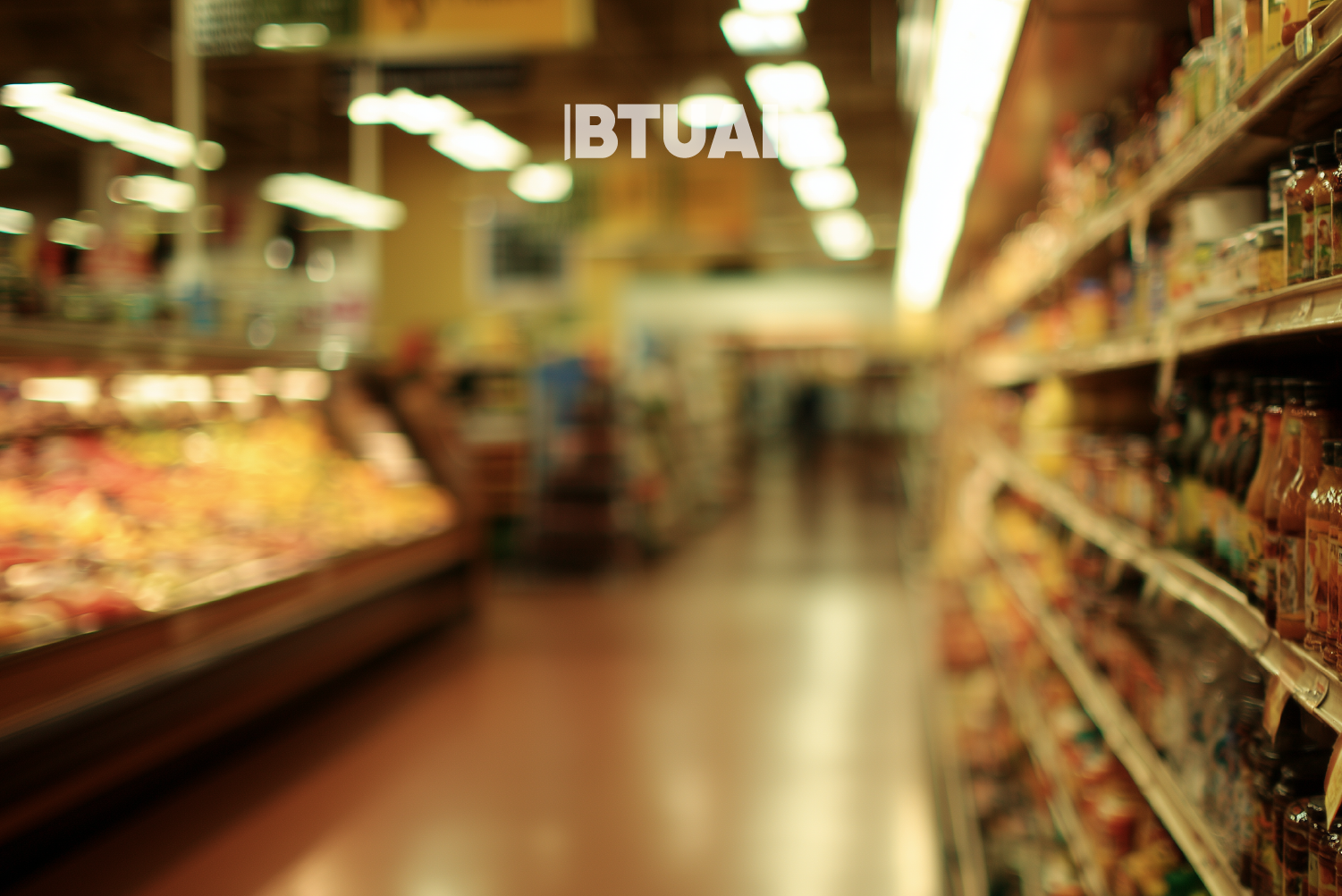The Food Category Continues to Lead
In May 2025, the dynamics of retail trade and consumer cashless spending clearly show that food remains the main

In May 2025, the dynamics of retail trade and consumer cashless spending clearly show that food remains the main component of household budgets. According to the latest report by TBC Capital, cashless transactions made through TBC Bank channels accounted for 28% of total spending in the food category, leaving other sectors far behind. For comparison, the share of restaurants during the same period was 16%, which indicates that the demand for essential goods in Georgian society significantly exceeds spending on entertainment and dining sectors.
It is noteworthy that the annual growth rate of cashless payments for food is 26%, which points to a significant increase in the use of digital payments in everyday life. At the same time, the average transaction size reaches 16 GEL, highlighting the trend of purchasing food and beverages daily in small amounts. Inflation — at 8% for food and non-alcoholic beverages — plays an important role in driving up final spending, although the annual growth rate is much higher, indicating an increase in consumption volume.
The number of cashless transactions has grown by 19% year-on-year, showing that citizens are increasingly replacing cash payments with plastic cards, mobile apps, and digital wallets. According to TBC Capital’s research, the majority of spending in food and other essential categories — 86% — comes from local consumers, though non-resident spending is not insignificant, accounting for 14%.
This trend is linked, on the one hand, to changes in consumer lifestyle and the growing comfort of using digital technologies, and on the other hand, to economic recovery and rising incomes. Such high growth in the food category highlights not only the renewed structure of the retail sector but also the forecast that digital payments will soon become the dominant form in the market and will become even more firmly established in consumers’ daily habits.




